#88 in Vietnam
Popular Bánh Pía Variations
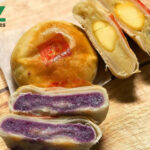
Bánh Pía Đậu Xanh Sầu Riêng
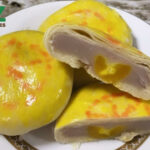
Bánh Pía Khoai Môn
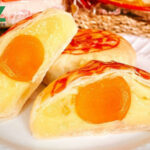
Bánh Pía Sóc Trăng
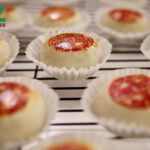
Bánh Pía Thịt Lạp
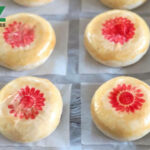
Bánh Pía Chay
Bánh Pía: Ingredients and Preparation
Main Ingredients
Main Cooking Method
Preparation Process
Bánh Pía: A Deep Dive
Cultural Significance
Taste
Texture
Aroma
Color
Serving Style
Serving Temperature
Accompaniment
Occasions
Seasons
Special Diets
Calories
Popularity
Popular Similar Dishes
- Bánh Trung Thu
- Bakpia
Popular Dining Area
Bánh pía is a sweet Vietnamese fusion cake inspired by the Teochew cuisine’s Suzhou-style mooncake. It features multiple dough layers encasing a sweet filling, typically mung bean and durian.
In Vietnam, bánh pía is a traditional specialty of the Soc Trang region, a popularity attributed to the Chinese immigrants in the area. Typically, the multi-layer dough of bánh pía is made by combining pig fat with all-purpose flour.
Interestingly, the multiple layers of bánh pía have earned it another name, bánh lột da. Additionally, the outer crust is also stamped with red Chinese characters. In terms of ingredients, the filling also comes with a salted egg yolk in the middle.
To fully understand bánh pía, explore its variants which offer a variety of fillings. Then, explore the good and bad aspects of consuming bánh pía before learning about the features that differentiate it from traditional Chinese mooncakes.
Additionally, I’ve compiled some questions about bánh pía to further expand your knowledge of this treat. Moreover, I recommend exploring some specialties similar to bánh pía.
Key Points
Bánh Pía Images
What Are the Many Versions of Bánh Pía?
Bánh pía, aside from the mung bean paste and durian, has various adaptations with different fillings. Therefore, it’s crucial that you’re aware of the bánh pía varieties that you’re going for:
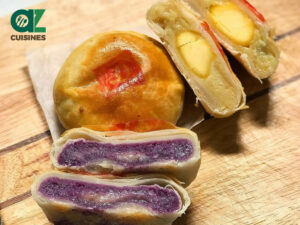
Bánh Pía Đậu Xanh Sầu Riêng
Features mung bean and durian filling, combining sweet and creamy textures.
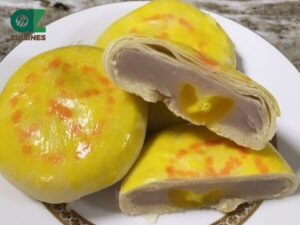
Bánh Pía Khoai Môn
Made with taro filling, offering a unique, earthy flavor
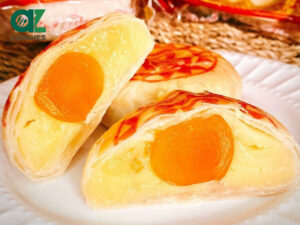
Bánh Pía Sóc Trăng
A regional variation from Soc Trang, known for its authentic taste and quality
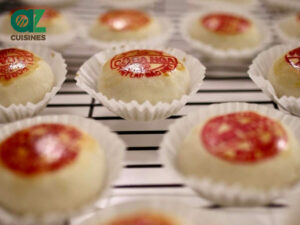
Bánh Pía Thịt Lạp
Features savory minced pork (thịt lạp)Provides a sweet and savory combination.
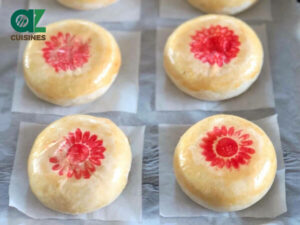
Bánh Pía Chay
A vegetarian version, often made without egg or animal products
Later on, consider the benefits and drawbacks of consuming bánh pía to decide whether you want to enjoy this flaky sweet treat.
Pros and Cons of Eating Bánh Pía
There are many features of bánh pía that you should know ahead of time before eating. For that, here are the aspects to consider carefully:
Pros
Cons
After knowing about the good and bad features of eating bánh pía, let your curiosity run free by learning about the differences between this sweet treat when compared to traditional Chinese mooncakes.
How is Bánh Pía Different from Traditional Chinese Mooncakes?
Here are the key differences between bánh pía and traditional Chinese mooncakes:
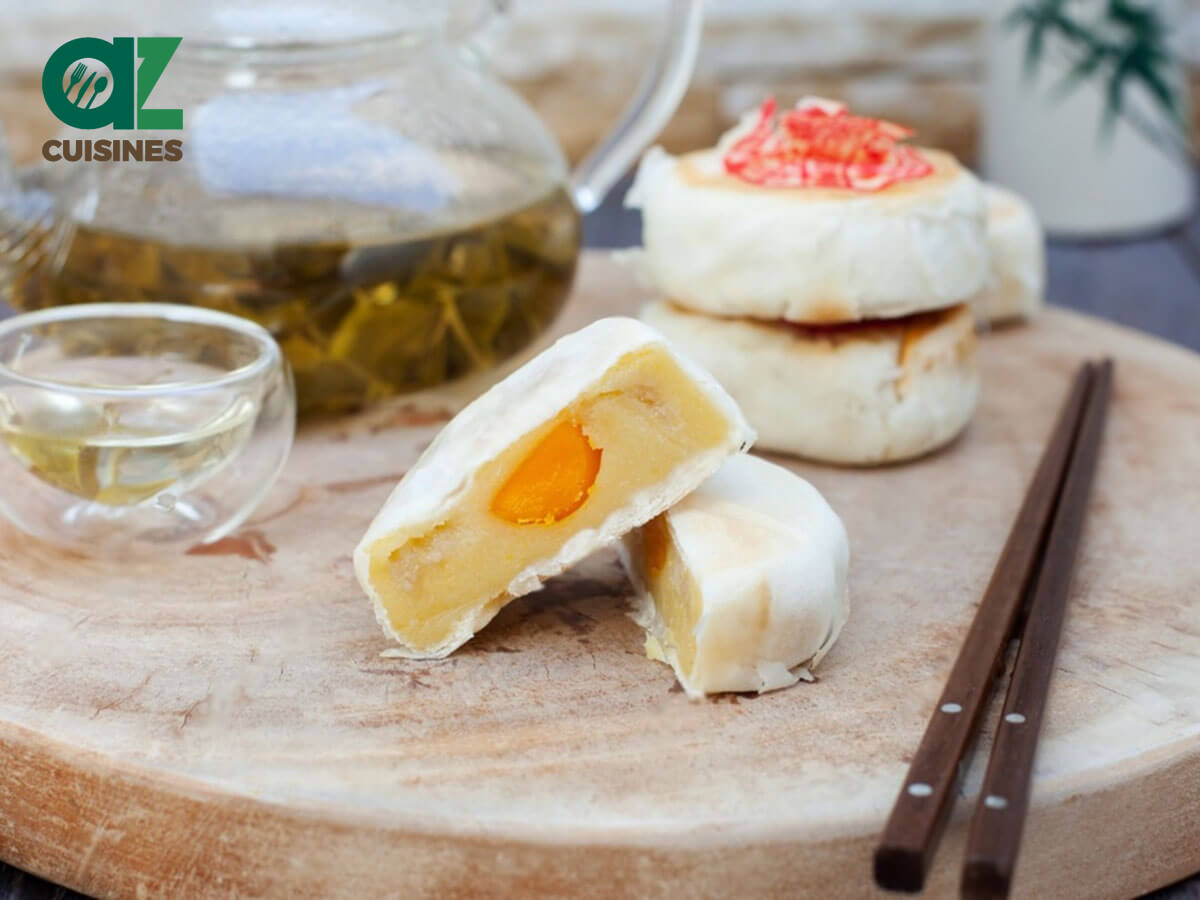
Bánh Pía
Crust Texture: Typically flakier and lighter
Cultural Adaptation: Vietnamese adaptation with local influences
Size and Shape: Often smaller, varied shapes
Festive Association: Enjoyed broadly, not tied to specific festivals
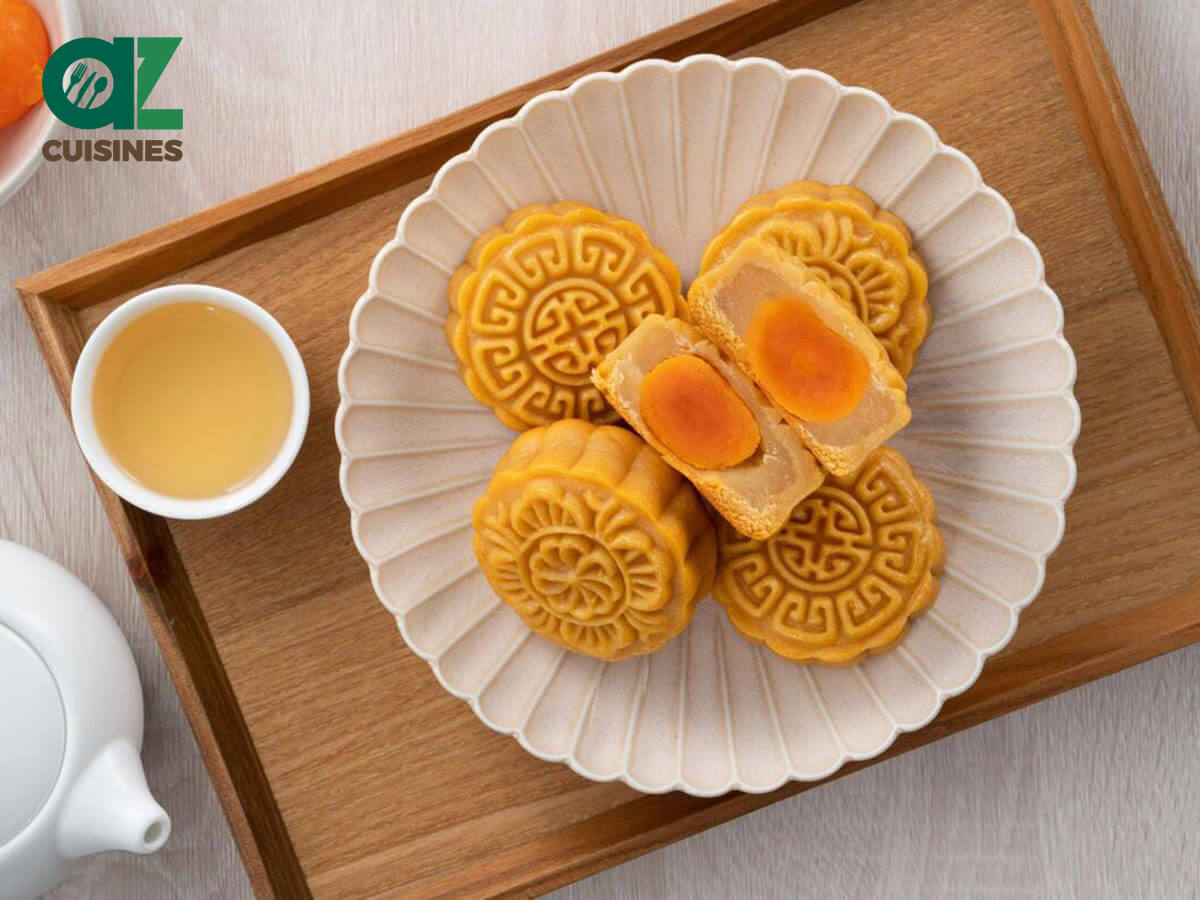
Traditional Chinese Mooncakes
Crust Texture: Denser, more cake-like
Cultural Adaptation: Strongly associated with Chinese traditions
Size and Shape: Typically round or square
Festive Association: Strongly associated with the Mid-Autumn Festival
Later, don’t miss the opportunity to explore some questions about bánh pía, which will further enhance your understanding of the dish.


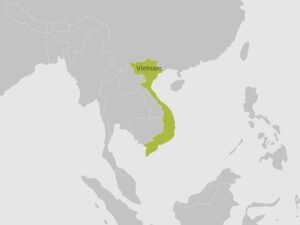
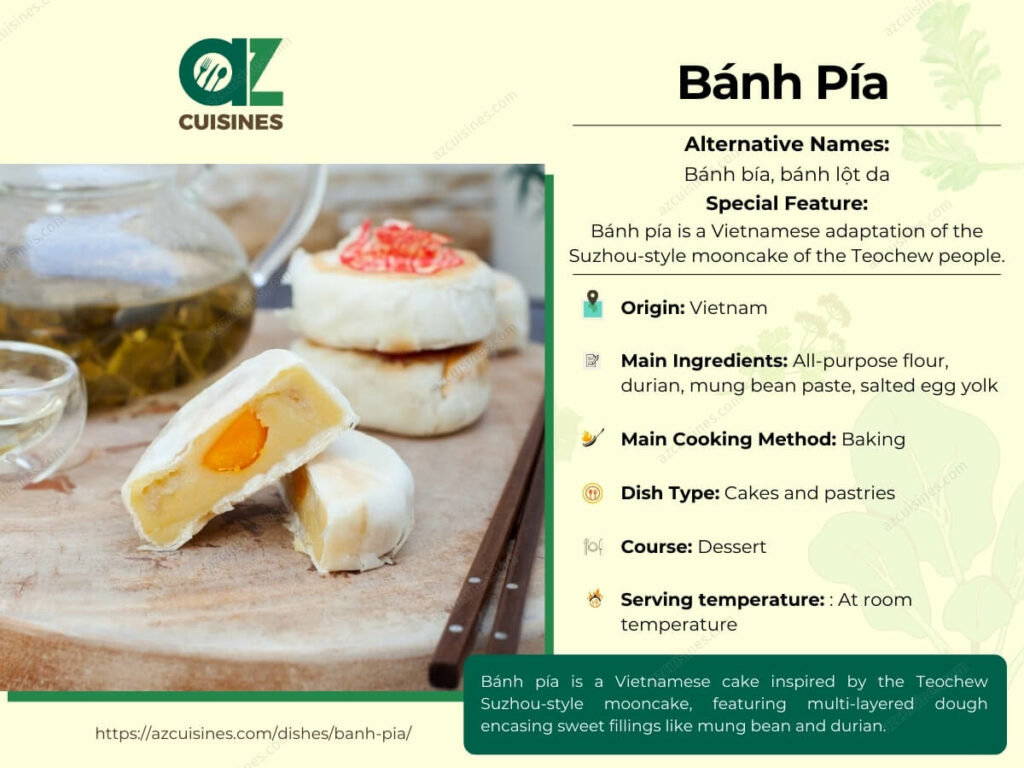
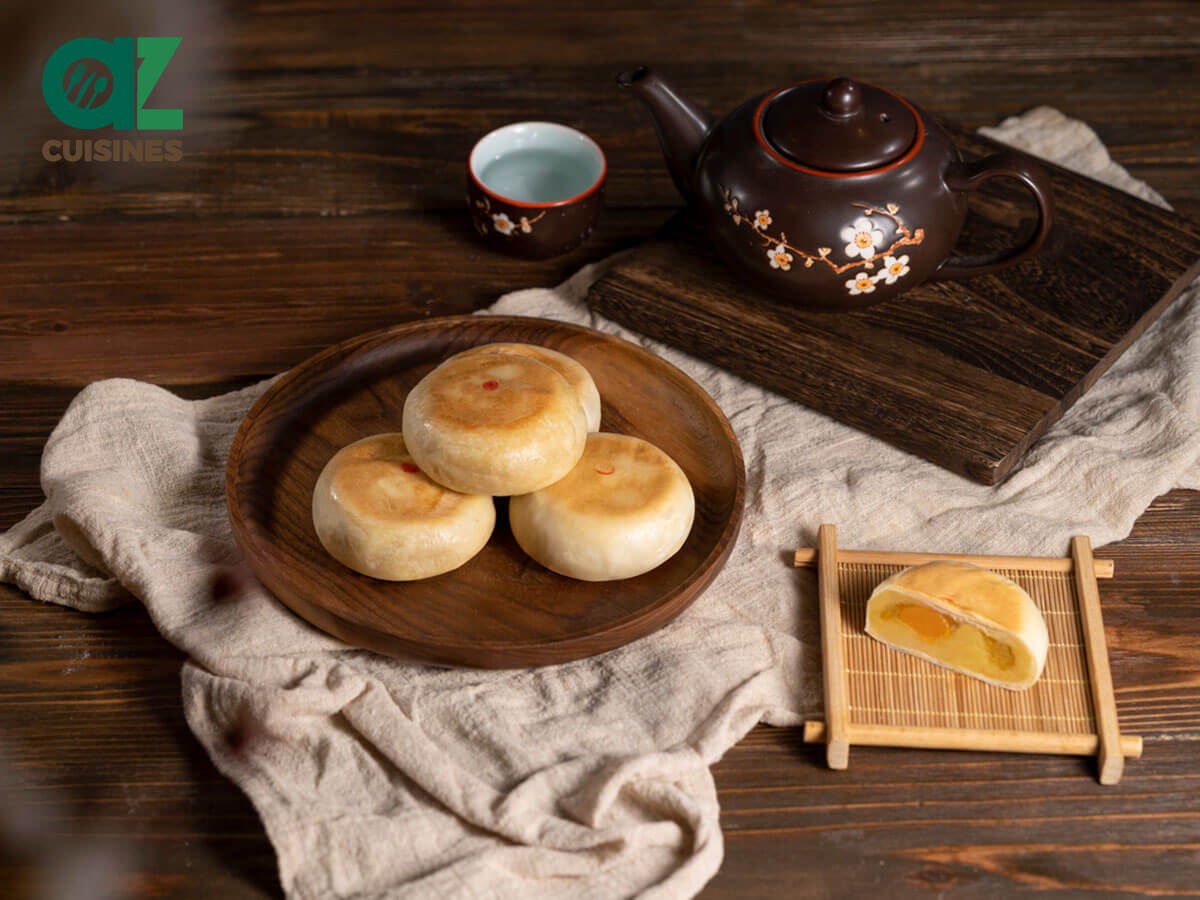
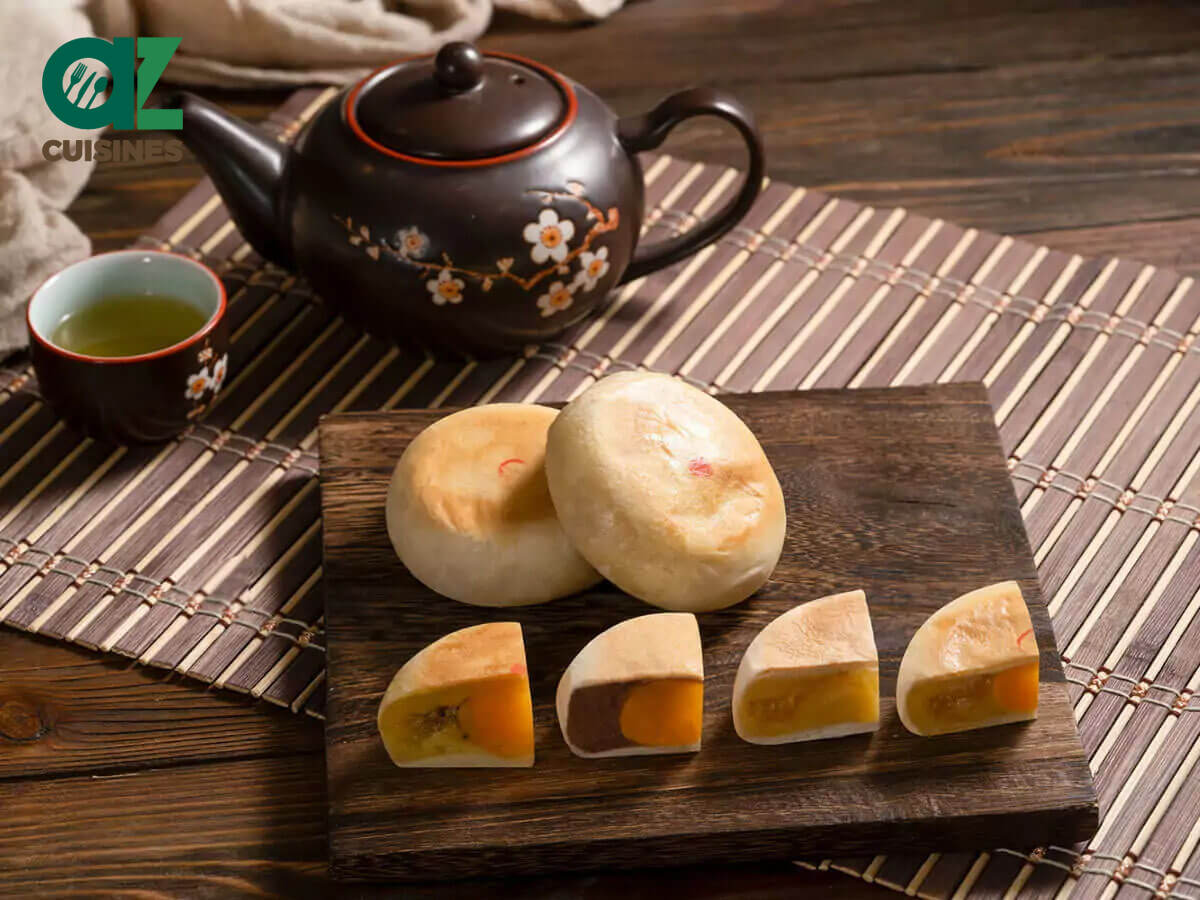
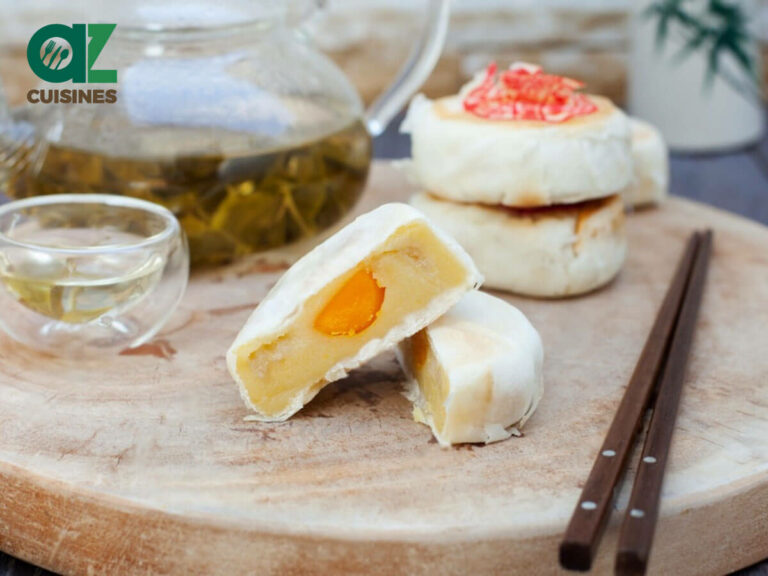
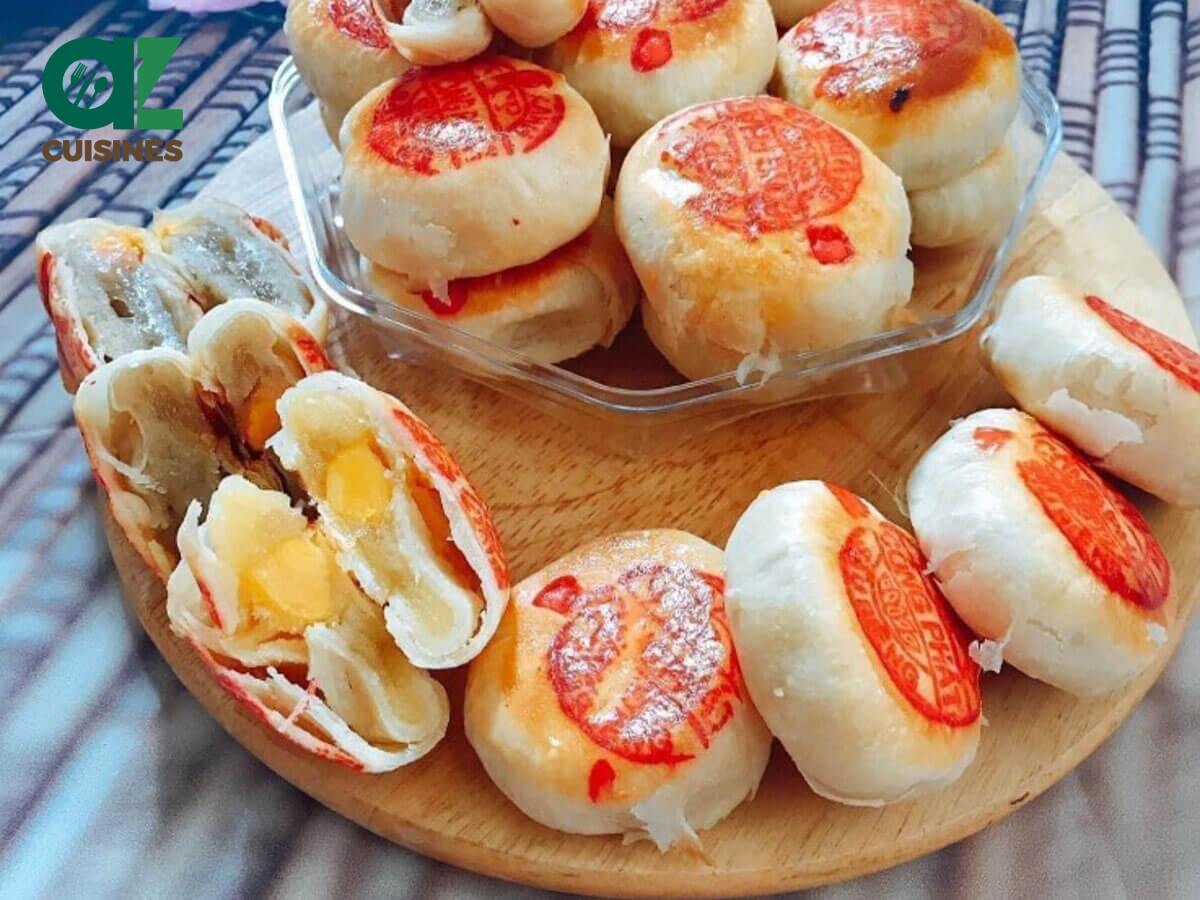
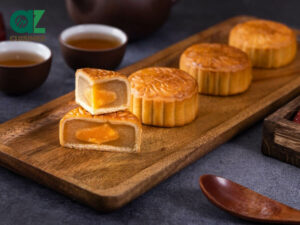
Truc Tran (Kris)
Senior Food Editor
Expertise
Home Cooking, Meal Planning, Recipe Development, Baking and Pastry, Food Editor, Cooking-video Maker, Vietnamese Food Evaluation Expert
Education
Truc Tran (Kris), an experienced food writer and editor, is great at exploring and describing global cuisines, from simple street food to fancy dining. In her writing, she skillfully mixes different flavors, cooking methods, and culinary traditions, showing the unique character of various cultures through their food and drinks. On azcuisines.com, Kris highlights her knowledge, especially in Asian cuisine and worldwide traditional dishes.